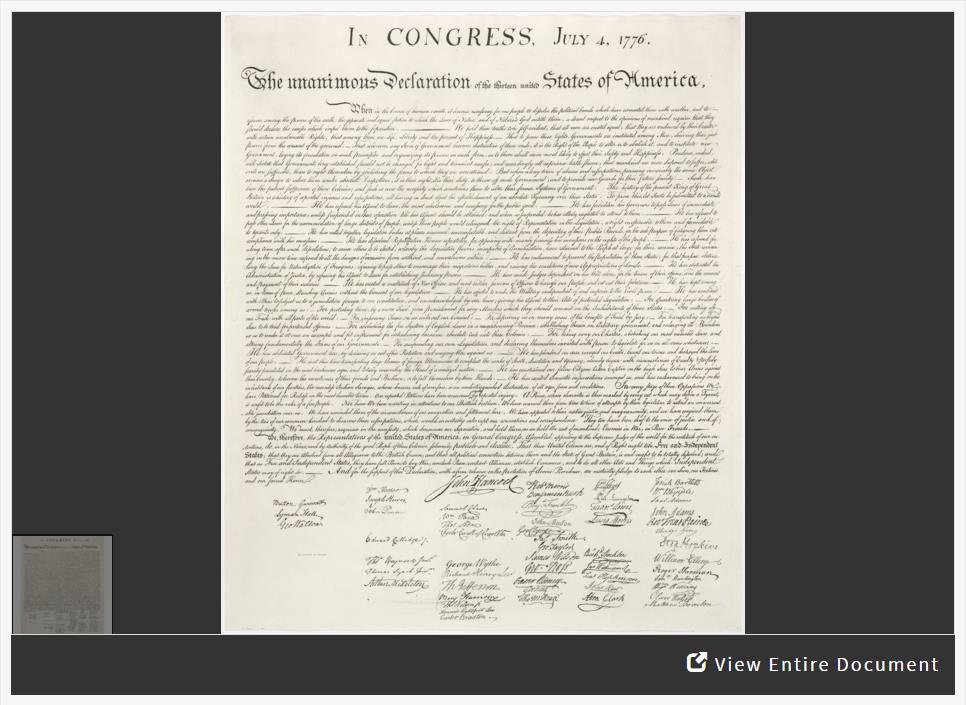Students will consider the arguments made by members of the Continental Congress regarding whether or not to sign the Declaration of Independence. They will also have the opportunity to analyze each section of the Declaration to understand its meaning and consider the consequences of signing the document.
Suggested Teaching Instructions
Use this activity in the middle of a unit on the American Revolution when introducing the reasons for and against signing the Declaration of Independence and the immediate and long-term consequences of the members of the Second Continental Congress' decision. For grades 6-8.
Provide students with background information about the Second Continental Congress and the members of the Committee of Five that were assigned the task of drafting the Declaration of Independence. Refer to
The Declaration of Independence: How Did it Happen?Analyze the document and ask students to respond to the questions beneath. Provide them with an opportunity to share their answers, listing reasons for their decisions. A few delegates who voted for adoption of the Declaration on July 4 were never to sign in spite of the July 19 order of Congress that the engrossed document "be signed by every member of Congress." Nonsigners included John Dickinson, who clung to the idea of reconciliation with Britain, and Robert R. Livingston, one of the Committee of Five, who thought the Declaration was premature.
Ask students to reevaluate their answer to the last question after completing a unit of study on the American Revolution to consider factors that may have influenced their decision.
This activity can introduce a more in-depth analysis activity such as a debate among patriots, loyalists, and undecided colonists over the signing of the Declaration of Independence.
Refer students to a transcript of the Declaration of Independence by clicking "View Entire Document" and selecting "Show Transcript" to read and analyze the Declaration, understand its meaning, and inform their decisions.
For a unique follow-up activity, students can
add their own names to the Declaration of Independence.





